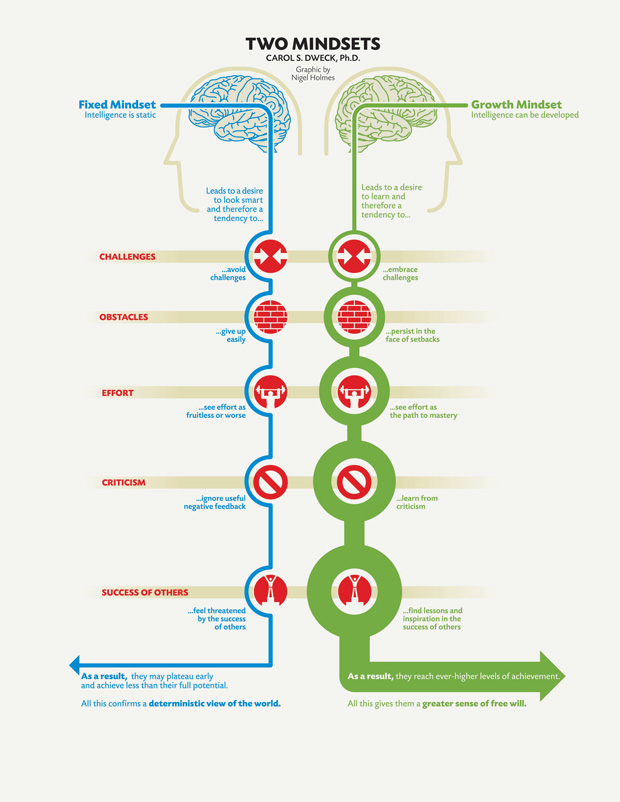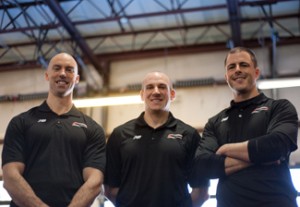In The Assessment Experiments: Installment 1, I laid out the basic principles with which I view assessments on a regular basis.
One item I want to expand on is the idea of regional interdependence.
Originally, regional interdependence talks about how one area of the body may be affecting another’s dysfunction or maybe even pain. This can be described further by the Joint by Joint Approach. If there is a lack of mobility in one area of the body (the ankle for example), then another adjacent area of the body will theoretically be more mobile to compensate.

From the last article, I had demonstrated how facilitation of the auditory system changed how you move. With regional interdependence being utilized to demonstrate the plasticity of the brain, I can now ask two questions:
- What will influence [the brain] in a positive manner?
- What other ways can I improve movement patterns?
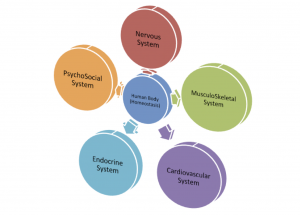
Well when working with athletes on all levels, I have three goals:
- Improve ability to produce force.
- Improve ability to absorb force.
- Improve joint position either through coaching, soft tissue work (massage and self-massage), or through habitual changes (better sleep, etc).
These three goals will resonate throughout the rest of these installments.
Lack of Oxygen Affecting Movement Patterns
At Cressey Sports Performance, we are lucky that people will drive, fly, and commute from all over the world in order to improve their movement quality with our staff and lift heavy stuff.
One caveat that goes unnoticed is what occurs when an individual flys for long hours at a time – pressure changes within the body occur, hydration status fluctuates, and on the most mechanical level, sitting in one position may be uncomfortable for a number of reasons (muscle tightness, joint issues, psychological nerves).
In fact, one such study correlates oxygen saturation with air travel. (1) If the body is lacking oxygen, what occurs at the lung level? If the inter pleural cavity does not receive enough pressure to fully exhale, because of constant inhalation, what is the resulting effect?
Hydration Status
Another idea that may not come across involves the specific hydration status of any given individual. At the very basic level, water is a fluid that allows many processes to occur within the body – the digestive system needs water to mix with other chemicals to break down food, water (H2O) gradients allow cells to shift waste products in and out, among many other complex processes beyond the scope of this article.
On a movement capacity point of view, what happens to the muscles, fascia, and the nervous system when there is not enough water in the system?
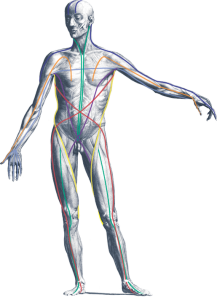
Funny enough, I competed in a powerlifting meet at the end of March this year (2015), and one item I performed to make sure I made weight was to not drink water for one whole day (Friday for weigh-ins).
Prior to weigh ins, I did a movement assessment because I did not feel great, and wanted to see just how bad my movement quality truly was.
So if hydration status affects neuromuscular status, what about cardiovascular status? I just remember riding in to weigh in, and checking my heart rate while sitting down – steady to mid 90s. Sitting down, it wasn’t the most fun for me to have a heart rate of 93, not drink water, and be fatigued as well from a full day of working.
After weigh-ins, we went to a local pancake house and immediately had 4 glasses of water. I checked my movements after drinking water, and my shoulder and hip mobility improved drastically, not to mention I could think a lot more clearly as well.
I bring up traveling along with hydration status because those two items are interrelated – if you travel, more often than not you won’t be thinking about how hydrated you are, especially so if you are on a road trip for a few hours because it may hinder how fast you get to your destination.
If you’re traveling, often times you may be enticed to get an alcoholic beverage or two to get the vacation or trip started, or to even settle your nerves. Perhaps getting a few extra bottles of water in your system may be the trick you need, instead.
Interesting how water will affect a movement assessment.
Or perhaps pancakes and waffles helped more than I can imagine as well.
Practical Application of Info for Assessments
Well, what does this tell us?
- Hydration status may be indirectly linked to movement quality.
- This could explain how closely linked the nervous system is in relation to the musculoskeletal system.
This is a direct explanation of structures dictating the function of fascia, muscles, and the nervous system. If fascia surrounds muscle fibers, and within the fascia there are interspersed neural connections, the proximity of these structures could elaborate how water can influence movement quality.
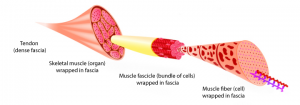
Sports Performance Application
Now the more interesting application of this information.
Imagine the original scenario around my dehydration video. I’m dehydrated, and the next day I need to perform at a supra-maximal intensity in order to express the qualities of maximal strength.
- If I’m dehydrated, and it negatively carries over into my movement qualities, how fast can I bounce back to regain composure of my movements?
- Will cutting weight have negative application towards sports performance?
- What does this mean for sports that necessitate a weight cut in order to compete (wrestling, boxing, powerlifting, weightlifting, and mixed martial arts)?
Even more importantly, in the context of a team sport, many athletes travel via flights, and by bus.
- If an athlete has to travel from time zone to time zone, and loses quality of a movement pattern, but does nothing to reintegrate an appropriate recovery pattern, what is the actual effect acutely (on game day)?
- What is the effect from a chronic point of view (over the course of a season, or even long term aka the lifetime of an athlete that travels professionally)?
Simply, I’m utilizing these assessments in a way to ask better questions, as I currently don’t have answers to these unique experiments of mine. Hopefully I can look back in the future and find that someone has answered these items appropriately!
As always,
Keep it funky.

References
1 – Humphreys, S., et al. “The effect of high altitude commercial air travel on oxygen saturation.” Anaesthesia 60.5 (2005): 458-460.




